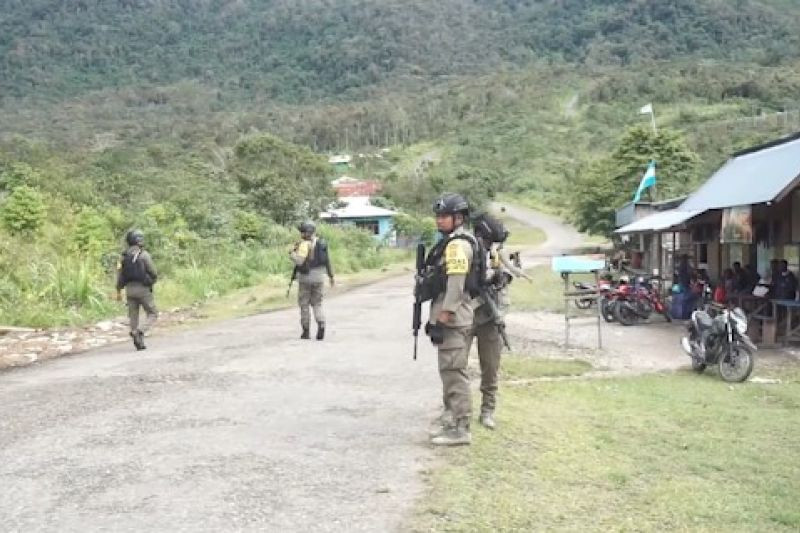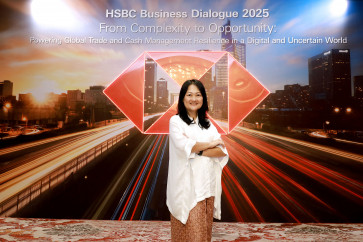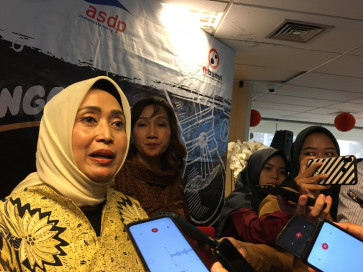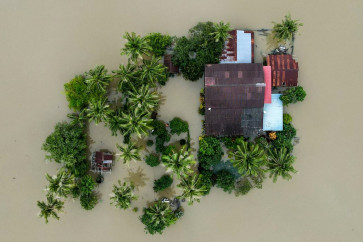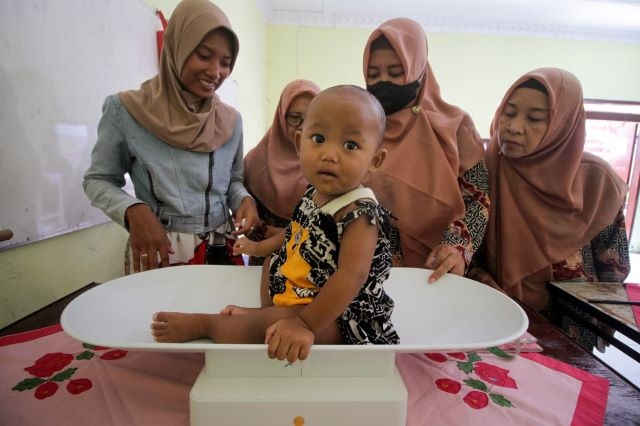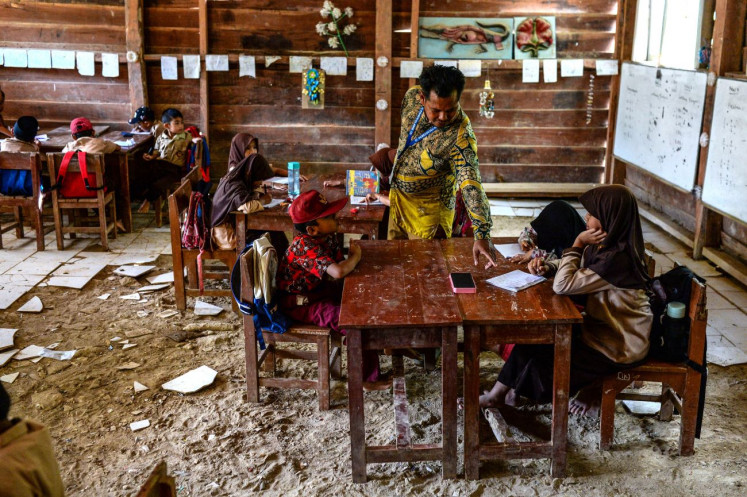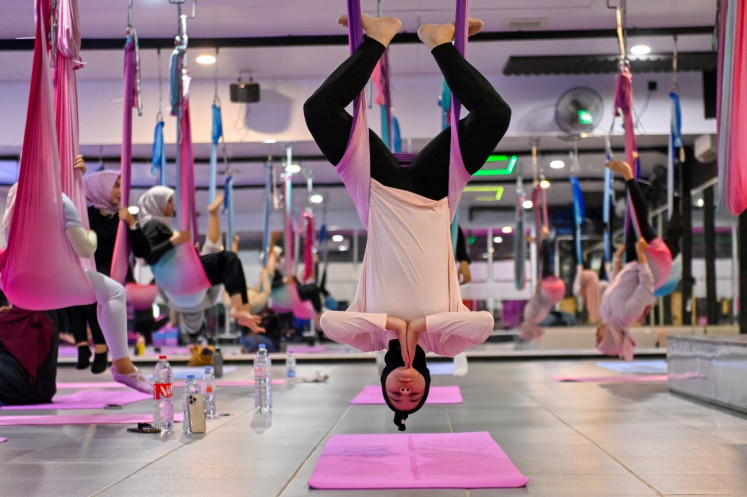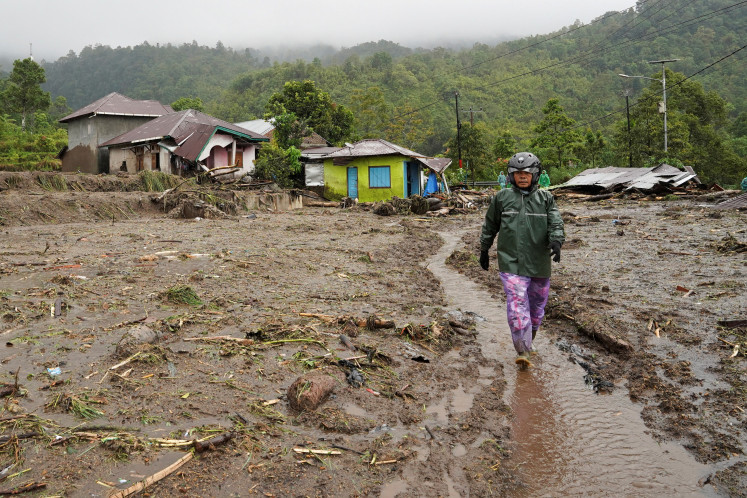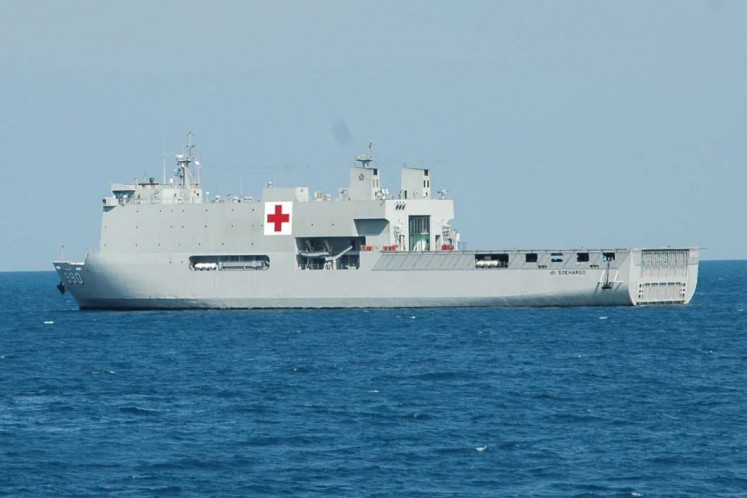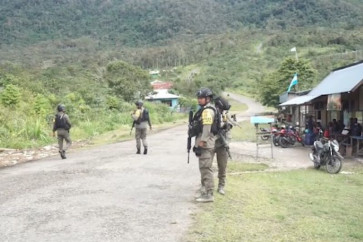Popular Reads
Top Results
Can't find what you're looking for?
View all search resultsPopular Reads
Top Results
Can't find what you're looking for?
View all search resultsThe politics of labeling in Papua: How narrative control perpetuates conflict
In Papua's conflict dynamics, civilian victims frequently become subjects of competing labels depending on which party controls the narrative.
Change text size
Gift Premium Articles
to Anyone
T
he Papua conflict continues to claim victims from among the military, police, armed rebels and civilians, with recent violence occurring in Yalimo, Yahukimo and Agats regencies. Despite official slogans promoting a "humane, measured and proportional approach," most Papuans perceive military operations following a "hit-back without mercy" strategy (IPAC, 2024).
In this volatile environment, two phenomena have emerged as distinctive features that perpetuate the conflict: the politics of labeling and the instrumentalization of civilians. This article examines how labeling politics impacts the Papua conflict and shapes its ongoing cycle of violence.
The politics of labeling refers to the strategic framing of violence victims according to the narrative interests of conflicting parties, a form of reciprocal vilification where each side criminalizes victims to support their version of events. In Papua's conflict dynamics, civilian victims frequently become subjects of competing labels depending on which party controls the narrative.
The same victims receive dramatically different designations based on perspective. Security forces frame teachers, health staff or ordinary workers killed in the violence as victims of separatist atrocities, positioning the Indonesian Military (TNI) and the National Police as society's protectors against terrorism. Conversely, Papuan armed separatist groups label these same victims as "intel" (informants). Indigenous Papuans (OAP) who associate with security forces are similarly branded as intelligence operatives by separatist groups who claim to fight for the OAP people.
Tragically, many victims die without clarity about perpetrators, context or intent. Victims lose their humanity, reduced to narrative tools in a larger propaganda battle.
Labeling politics in Papua is not merely a communication strategy but a structural phenomenon rooted in three interconnected factors.
First, information asymmetry and access control shape the narrative landscape. Papua operates as a conflict zone with severely limited media access and independent investigation. Security forces control official narratives through technology, press conferences and government channels, while separatist groups utilize social media and international advocacy networks.

